Lupus is a long-term sickness that affects different parts of your body, including your eyes. Not all lupus patients will have issues with their eyes. But some will have trouble seeing, which can make their life harder. This article will explain the eye problems that can come with lupus and give some advice on how to handle them.
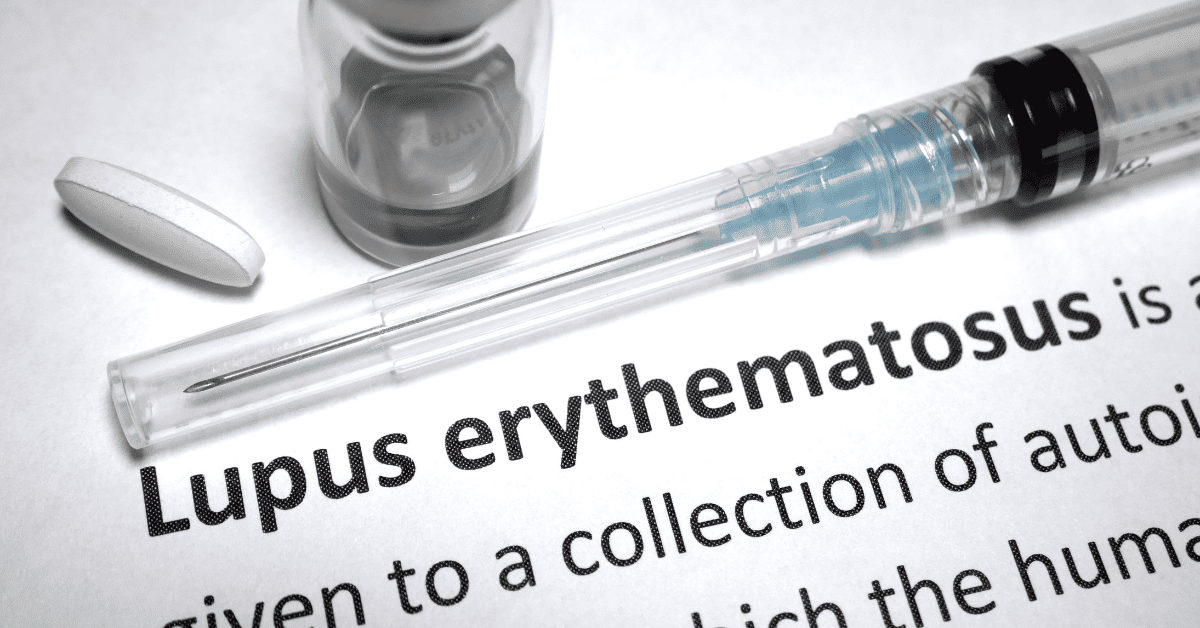
What is Lupus Erythematosus?
Lupus is a sickness that can affect any part of your body, including your skin, joints, and organs. It is a disorder where your immune system goes rogue and damages healthy tissue.
Doctors don’t know exactly why someone gets this disease, but scientist do point fingers to the likes of your genes, hormones and the environment.
Some common signs of lupus are feeling tired, having achy joints, getting skin rashes, and having a fever. However everyone is different and their symptoms can be mild or extreme.
– Click here to learn more on Systemic Lupus Erythematosus –
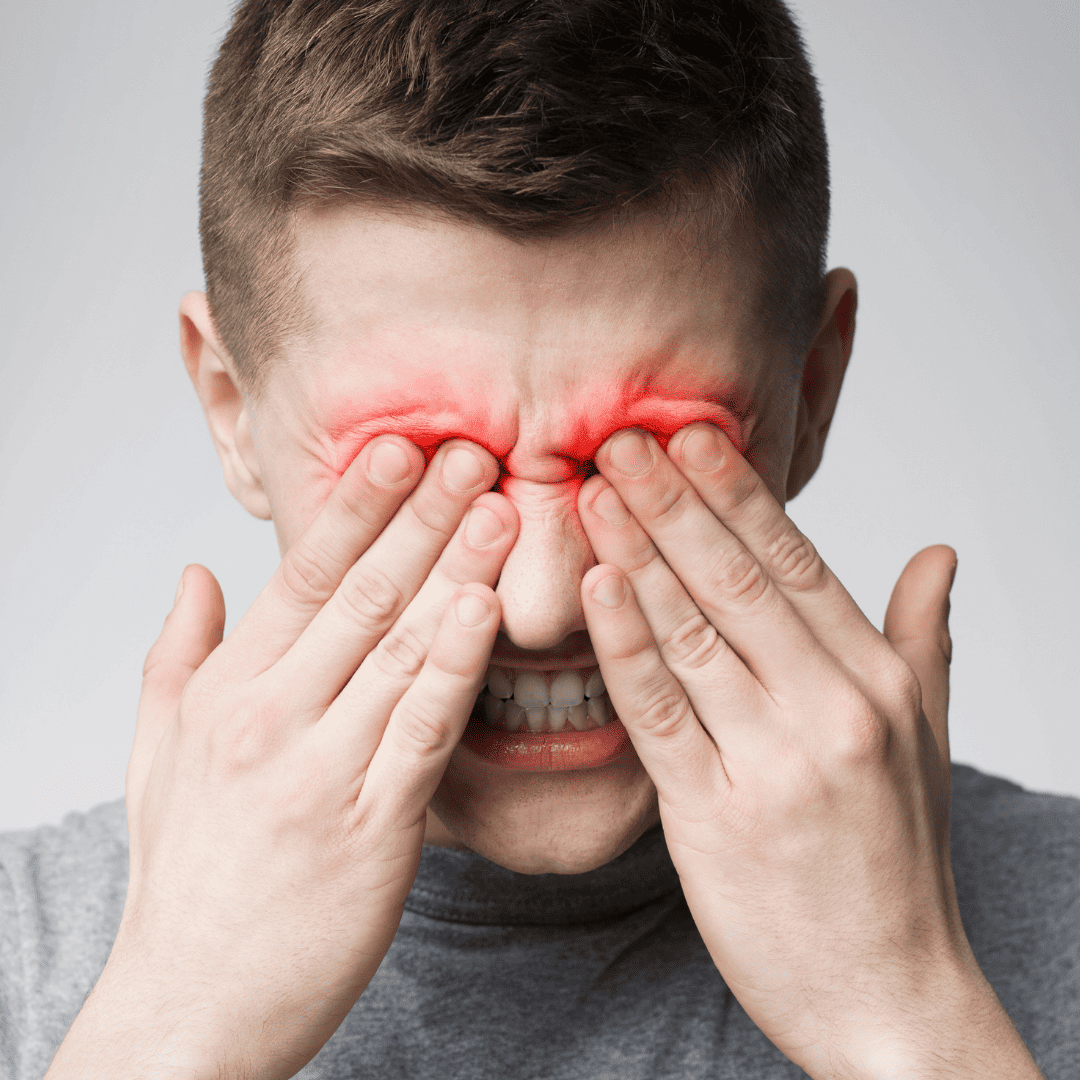
Eye Problems Associated with Lupus Erythematosus
Systemic lupus is a disease that affects the eyes in up to one third of patients. This can be an aftermath of the disease itself or due to treatments. [1]
There are different ways to assess eye involvement in lupus, using scores like SLEDAI-2K or BILAG 2004. For the reason that this disease can affect different parts of the eye. This includes the orbit (around the eye), the front of the eye, and the back of the eye.
Eye problems seen in lupus patients include: [2]
- Conjunctivitis is the most common eye condition of lupus that can cause redness, itching, and discharge in one or both eyes.
- Uveitis is an inflammation of the middle layer of the eye and can cause pain, redness, and vision problems.
- Optic Neuritis is inflammation of the optic nerve and can cause vision loss and eye pain.
- Scleritis is an inflammation of the sclera, the white part of the eye, and can cause eye pain and redness.
- Retinopathy is a problem with the blood vessels in the back of the eye
- Choroidopathy is a problem with the layer of blood vessels behind the retina in the eye. The retina is the part of the eye that helps us see by receiving light and sending the image to the brain.
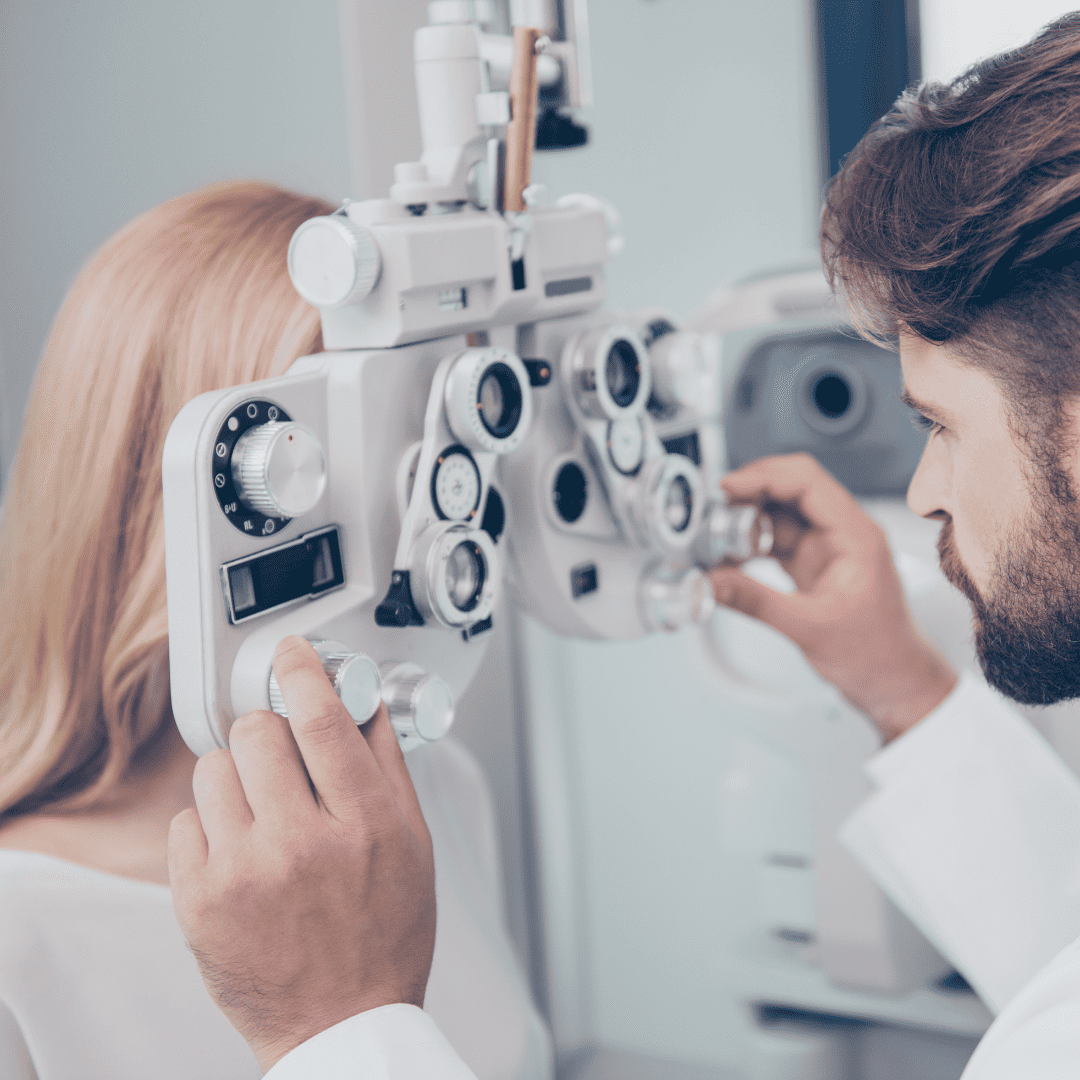
Diagnosis and Treatment
Lupus is a disease that affects different parts of the body, including the eyes. People with lupus may have eye problems ranging from dry eyes to more serious conditions like uveitis and retinal vasculitis. Here is how Ophthalmologists diagnose and treat eye problems:
Diagnosing Eye Problems
If someone with lupus has eye symptoms, they should see an eye doctor. The first step is a full eye exam, which includes checking their vision, eye movements, and eye structures.
Optometrists use different tests to check for eye problems in people with lupus. They start with a baseline eye exam to see if there are any pre-existing problems. They do this test in the first year of treatment. After that, they do an eye exam every year for 5 years if the patient is taking the right amount of medicine and doesn’t have any big risks. If the patient has big risks, they might need more frequent eye exams.
The main tests they use are:
- Automated visual fields that check your central vision
- SD-OCT, which takes pictures of the retina and helps check the optic nerve.
If the optometrist sees any changes, they might do more tests to be sure. They might use tests like multifocal electroretinography, SD-OCT, or fundus autofluorescence.
For example, if the optometrist sees a thinning in a specific part of the retina, it could be a sign of a problem with the medicine the patient is taking. This can help them keep an eye on any problems caused by the medicines used to treat lupus.
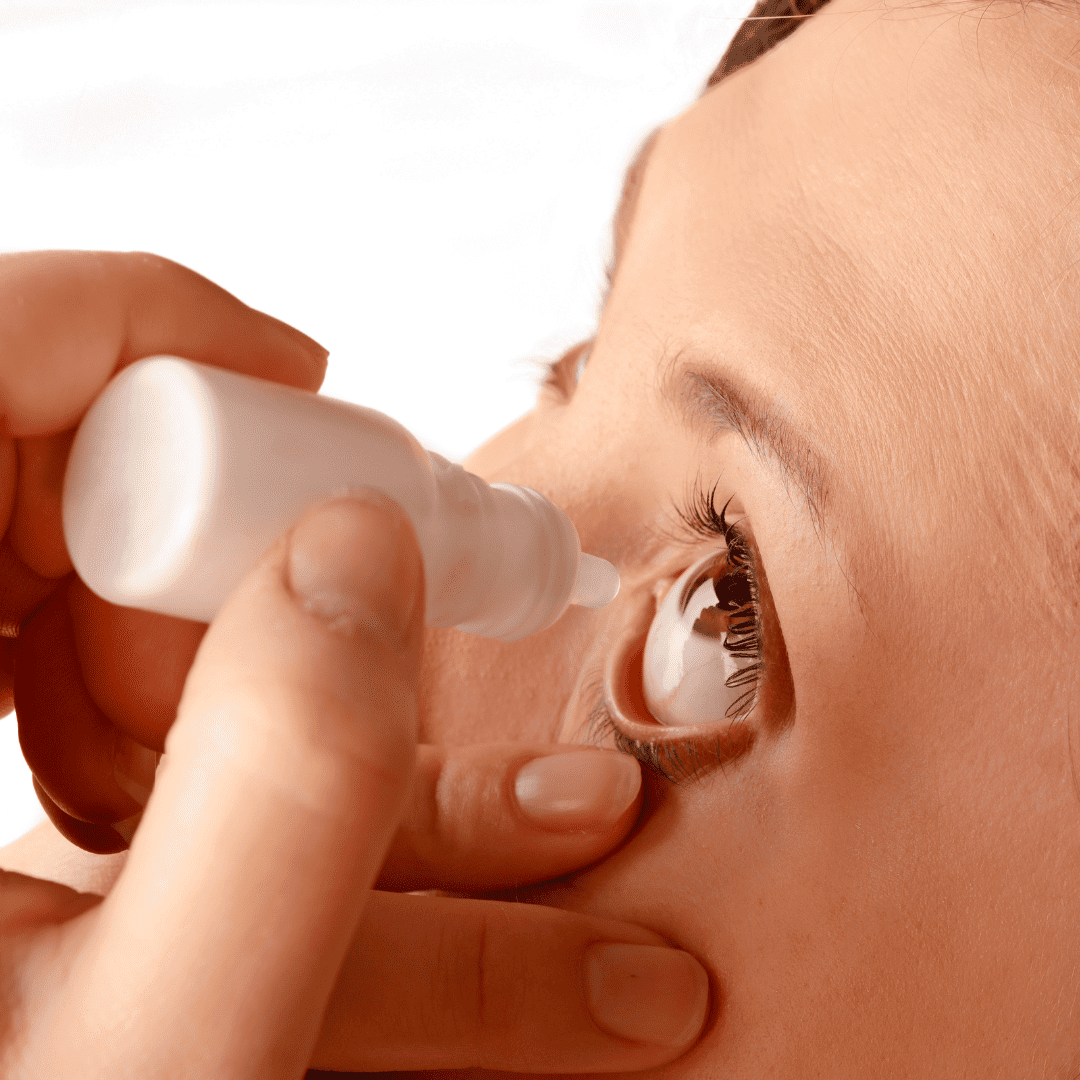
Treating Eye Problems
The treatment for eye problems in lupus patients depends on their specific condition. Some common treatments include:
- Dry eyes: For mild dry eyes, over-the-counter artificial tears or eye drops may help. Severe cases may need prescription eye drops.
- Uveitis: This is a serious condition that needs prompt treatment to prevent vision loss. Treatment may include corticosteroid eye drops, oral corticosteroids, or immunosuppressive drugs.
- Retinal vasculitis: This condition causes inflammation of the retina’s blood vessels. Treatment may include corticosteroids, immunosuppressive drugs, or both. In some cases, laser treatment may be needed to reduce the risk of vision loss.
- Scleritis: This is an inflammation of the white part of the eye. Treatment may include oral corticosteroids, immunosuppressive drugs, or other medications to reduce inflammation.
It’s important for lupus patients to have regular eye exams and to maintain good overall health to prevent further complications. Early treatment is important to prevent vision loss and maintain good eye health. This includes eating well, exercising, and managing stress.
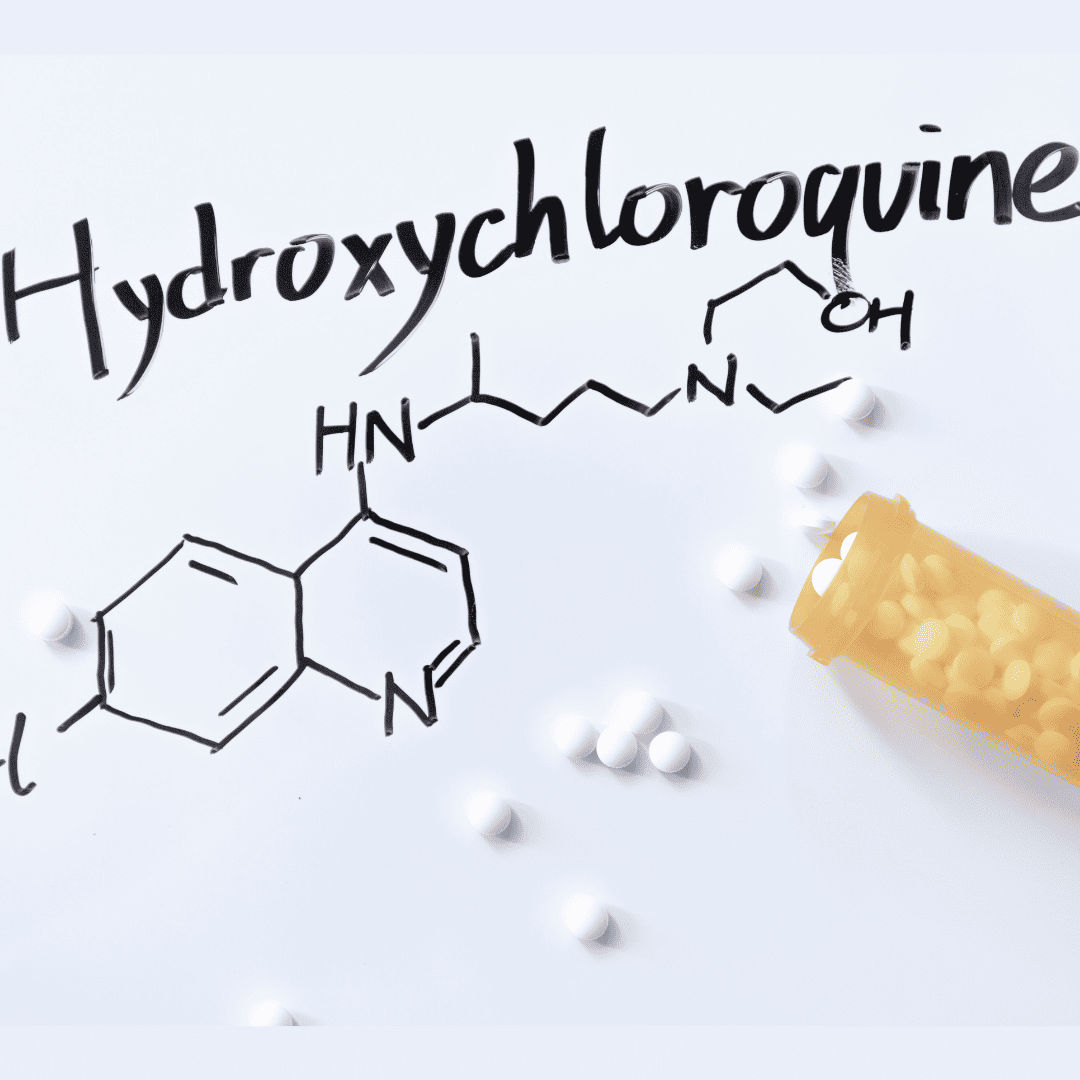
What eye tests are needed if on hydroxychloroquine?
If you take hydroxychloroquine, it’s important to have regular check-ups for your eyes. This medicine is used to treat sicknesses like lupus and arthritis, but it can sometimes cause harm to the part of your eye called the retina.
The same rule applies to those taking chloroquine and/or systemic corticosteroids. Toxicity in the eyes – as a result of the medication – is a major concern because it can’t be treated. However, if it’s found early enough, it is possible to prevent loss of vision.
There are guidelines for screening, but not everyone follows them. The risk of toxicity depends on the dose of the drug and how long it’s been taken.
People with kidney disease, tamoxifen use, liver disease, or certain genes have a higher risk of toxicity. A baseline eye exam should be done within the first year of taking the drug, and then annually after 5 years of treatment. More frequent exams may be needed for those with high-risk factors.
To make sure your eyes are okay, you need a complete eye exam that includes tests to check your eyesight, how well you see things far away and up close, and a test that takes a picture of the inside of your eye.
You’ll also need regular pictures of the back of your eye to make sure there are no changes. These tests can help find problems early and prevent you from losing your sight. For example, thinning of the photoreceptor layers in the eye is a sign of toxicity. The early detection of toxicity can prevent vision loss. [2]
Always follow your doctor’s advice for eye exams and let them know if you notice any changes in your vision.
Coping with Lupus Erythematosus Eye Problems
Dealing with eye problems related to Lupus Erythematosus can be tough, but there are ways to make it easier. Here are some tips to help: [3]
- Take care of yourself: Do things that are good for your body and mind, like exercise, yoga, and meditation. Make sure you get enough sleep and eat healthy food. Try to avoid things that can make your symptoms worse, like stress and being in the sun for too long.
- Get support: Surround yourself with people who understand and support you. You can also join a group for people with Lupus Erythematosus or find an online community where you can talk to others who are going through similar experiences.
- Stay informed: Learn as much as you can about your condition and keep up with new treatments and research. This will help you make decisions about your care and feel more in control.
- Work with your doctor: See your doctor and eye specialist regularly to manage your symptoms and catch any problems early. Work with them to make a plan that’s right for you.
- Focus on your strengths: Even though you may have challenges, it’s important to remember what you’re good at and enjoy. Do things that make you happy and set goals for yourself.
Studies show that people with Lupus Erythematosus who exercise, manage stress, and get support from others have better physical and mental health. People who get psychological support also have a better quality of life and can handle their condition better.
In short, taking care of yourself and getting support can help you live a full life with Lupus Erythematosus eye problems.
Conclusion
Lupus is a long-term illness that can affect different parts of the body, including the eyes. It is caused by a malfunction in the immune system that damages healthy tissue.
Eye problems are a common symptom of Lupus and can include Conjunctivitis, Uveitis, Optic Neuritis, and Scleritis. These conditions are diagnosed through an eye exam and may require additional tests.
Treatment depends on the specific eye condition and may include eye drops, oral corticosteroids, immunosuppressive drugs, or laser treatment. To cope with eye problems related to Lupus, it’s important to take care of oneself, get support from others, and stay informed about the condition.
If taking hydroxychloroquine, regular eye exams are necessary to check for potential harm to the retina.
I would love to know your thoughts. Feel free to drop a comment below or contact me.
If you like this article, check out my other articles here.
Pingback: 84 Lupus Symptoms and Signs -